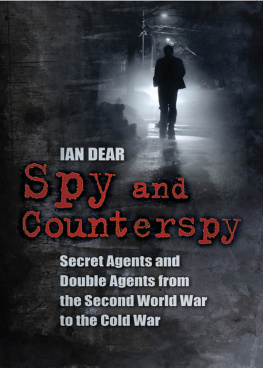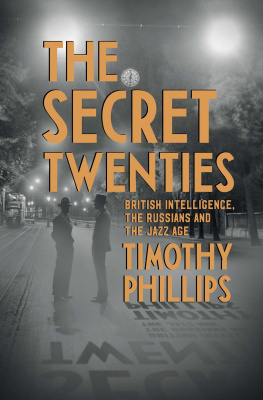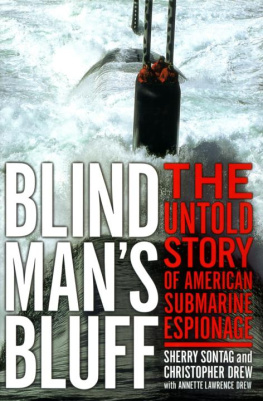David Alvarez - Spying Through a Glass Darkly: American Espionage against the Soviet Union, 1945–1946
Here you can read online David Alvarez - Spying Through a Glass Darkly: American Espionage against the Soviet Union, 1945–1946 full text of the book (entire story) in english for free. Download pdf and epub, get meaning, cover and reviews about this ebook. City: Lawrence, year: 2016, publisher: University Press of Kansas, genre: History. Description of the work, (preface) as well as reviews are available. Best literature library LitArk.com created for fans of good reading and offers a wide selection of genres:
Romance novel
Science fiction
Adventure
Detective
Science
History
Home and family
Prose
Art
Politics
Computer
Non-fiction
Religion
Business
Children
Humor
Choose a favorite category and find really read worthwhile books. Enjoy immersion in the world of imagination, feel the emotions of the characters or learn something new for yourself, make an fascinating discovery.

- Book:Spying Through a Glass Darkly: American Espionage against the Soviet Union, 1945–1946
- Author:
- Publisher:University Press of Kansas
- Genre:
- Year:2016
- City:Lawrence
- Rating:5 / 5
- Favourites:Add to favourites
- Your mark:
Spying Through a Glass Darkly: American Espionage against the Soviet Union, 1945–1946: summary, description and annotation
We offer to read an annotation, description, summary or preface (depends on what the author of the book "Spying Through a Glass Darkly: American Espionage against the Soviet Union, 1945–1946" wrote himself). If you haven't found the necessary information about the book — write in the comments, we will try to find it.
For the period between World War II and the full onset of the Cold War, histories of American intelligence seem to go dark. Yet in those years a little known clandestine organization, the Strategic Services Unit (SSU), emerged from the remnants of wartime American intelligence to lay the groundwork for what would become the CIA and, in ways revealed here for the first time, conduct its own secret war of espionage and political intrigue in postwar Europe. Telling the full story of this early and surprisingly effective espionage arm of the United States, Spying through a Glass Darkly brings a critical chapter in the history of Cold War intelligence out of the shadows.
Constrained by inadequate staff and limited resources, distracted by the conflicting demands of agencies of the U.S. government, and victimized by disinformation and double agents, the Strategic Services Unit struggled to maintain an effective American clandestine capability after the defeat of the Axis Powers. Never viscerally anti-communist, the Strategic Services Unit was slow to recognize the Soviet Union as a potential threat, but gradually it began to mount operations, often in collaboration with the intelligence services of Britain, France, Italy, Denmark, and Sweden, to throw light into the darker corners of the Soviet regime.
Bringing to bear a wealth of archival documents, operational records, interviews, and correspondence, David Alvarez and Eduard Mark chronicle SSUs successes and failures in procuring intelligence on the capabilities and intentions of the Soviet Union, a chronicle that delves deeply into the details of secret operations against Soviet targets throughout Europe: not only in the backstreets of the divided cities of Berlin and Vienna, but also the cafes, hotels, offices, and salons of such cosmopolitan capitals as Paris, Rome, Budapest, Prague, and Warsaw.
A remarkable account of a clandestine war of espionage, kidnappings, blackmail, disinformation, and political subversion, Spying through a Glass Darkly also describes the quantity and quality of intelligence collected by SSU and disseminated to its customers in the U.S. governmentinformation that would influence the attitudes and actions of decision makers and, as the Cold War evolved, the course of the nation in a new and dangerous world.
David Alvarez: author's other books
Who wrote Spying Through a Glass Darkly: American Espionage against the Soviet Union, 1945–1946? Find out the surname, the name of the author of the book and a list of all author's works by series.









